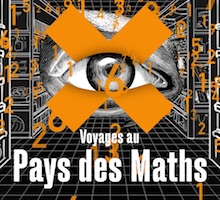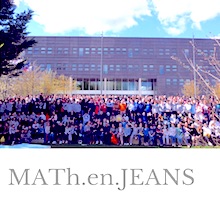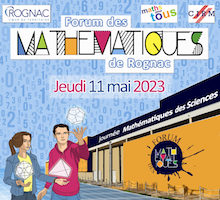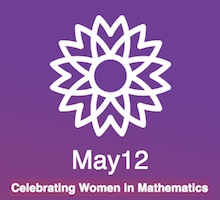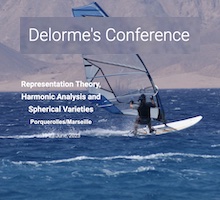Accueil
L’Institut de Mathématiques de Marseille (I2M, UMR 7373) est une Unité Mixte de Recherche placée sous la triple tutelle du CNRS, d’Aix-Marseille Université et de l’École Centrale de Marseille. → En savoir plus.
vendredi 19 avril 2024 Tom KEMPTON
Séminaire Rauzy
11:00 - 12:15 Tom Kempton
vendredi 19 avril 2024 Jan Raimbault
GdT Comptage asymptotique des surfaces minimales dans les 3-variétés hyperboliques
14:00 - 16:00 Théorème de Ratner dans SL(2,R)
→ Toute la semaine → Tout le mois
Actualités
Les derniers épisodes de la saison 2 de Voyages au pays des maths sont disponibles depuis le 10 octobre 2023 sur Arte.tv....
En savoir plus
Voici une première liste des nouveaux personnels accueillis à la rentrée. 1 - MCF et PR AMU au 1/9 :...
En savoir plus
Après deux ans d'arrêt, nous sommes heureux de vous annoncer le retour du Forum des mathématiques pour sa 15ème édition,...
En savoir plus

